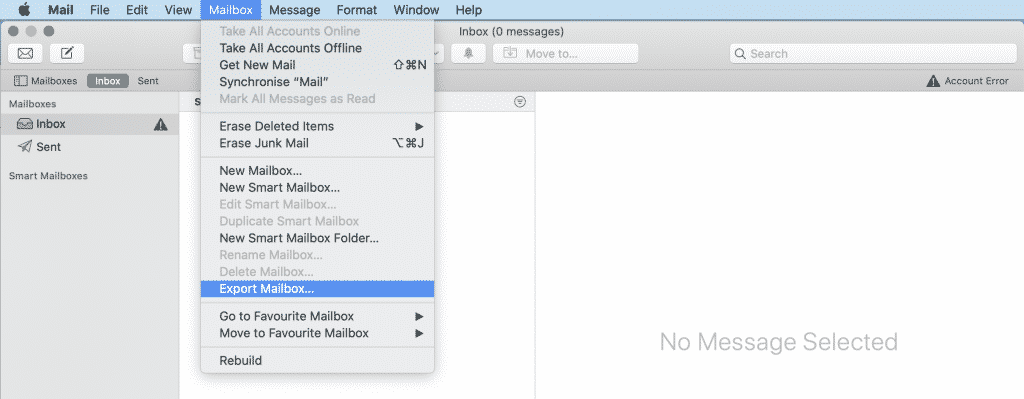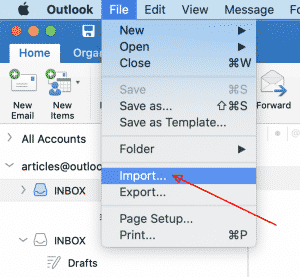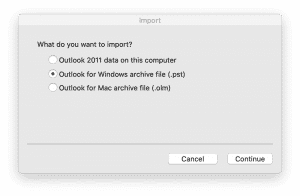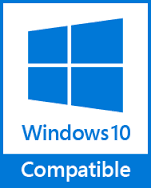Users switch between mail clients for different reasons. Sometimes, they are dissatisfied with limited functionality. Sometimes, it is company policy. Luckily, the Microsoft client is now compatible with both operating systems, which makes the task more feasible.
Mac Mail to Outlook: The Same OS
Outlook is a fixture of business communication thanks to its extensive features. Cross-platform migration is a challenging undertaking. Although the issue is now resolved, this is not a 1-click procedure. So, how to export mailboxes in Mac Mail for Outlook?
This small instruction describes the way to convert Mac Mail messages and folders to Outlook for Mac OS:
- Run Mac Mail application, select folder you want to export and go to menu Mailboxes, then click Export Mailbox…
- Specify the location (destination folder) to save the exported mailbox and confirm saving.
- Export all other Mac Mail folders that way.
- Pack your mailbox files into ZIP archive and upload it to the dropbox, box.com or wetransfer service, then create a download (share) link.
- Submit the download link here: https://convertemail.online/start-the-conversion/
* – ensure that your email is specified correctly… - Wait for the end of conversion, review the report and download a result PST file.
- Run Outlook for Mac OS and use menu File > Import…
- Select the PST import option.
- Point to the PST file that you received from the conversion service and import it into Outlook for Mac.
That’s it.
How to Export Outlook for Mac to Apple Mail
You cannot just drag and drop to import Outlook to Mac Mail. The Import feature does not work for this, either. Whether it is ways to convert Outlook for Mac to Apple Mail, or vice versa, you need to be extra cautious. Users now have to modify file extensions to succeed. Even within the same operating system, mail clients clash, which prevents exporting Mac Mail to Outlook for Mac.
Stage 1: Replicate V2
You need to locate a folder titled either V2 or V6 (depending on the Mac version). Make a copy of it on your Desktop. If you are not sure how to find the location, use the ‘Go’ option of your finder menu. From there, pick “Go to Folder” and type the required path. It looks like this: ~/Library/Mail/
As a result, you should now see the folder. Move it to your Desktop via drag-and-drop. Remember to keep the Option key pressed throughout the operation. This way, a copy will be generated and pinned to your Desktop. Do not forget to check that the original file is intact! Otherwise, you may be unable to restore your correspondence if a glitch occurs.
Stage 2: Relocation
Open the newly generated copy of the folder. Proceed to the Spotlight search feature located on the top on the right-hand side. Next, you can look for the mail data files in the folder.
- Enter ‘.emlx’ (which is the mail storage format for Mac Mail).
- A list of messages stored in Mail.app is displayed.
- Return to the Desktop.
- Generate a new folder and name it accordingly — e.g., “MailCopy”.
- In the window, select all items and drag them to the folder in 4.
Stage 3: Assigning Names
Readability in Outlook requires renaming. Every filename is compound: it contains a name and extension separated with a dot. Alter the extensions by renaming the files. Luckily, you do not have to work with each one separately.
Select the entire group in the “MailCopy” folder, and right-click on it. In the menu, choose “Rename Y Files”. Now, the Finder feature will alter the endings collectively. The endings must be switched from *.emlx to *.eml.
Unless you use the IMAP server, there is only one step left to migrate Apple Mail to Outlook for Mac! Finally, you can easily move the altered files — just drag and drop. You may be frustrated to find that the folder structure is not recreated automatically. Hence, be prepared for some tidying up.
Vice Versa: Outlook in Mac Mail
- Create a folder (e.g., Copied Mail) on your desktop.
- Open Outlook and drag the desired folder into Copied Mail. The copied files will now have the *.MBOX extension.
- Open Mac Mail and use the ‘Import mailboxes’ feature.
- Choose ‘Select files in Mbox format’ and ‘Continue’.
- Choose the right source and click ‘Done’.
Wondering how to archive mail in Outlook for Mac? Easy! Select the message range and use the Archive button at the top.













